Morgan has unveiled its second iteration of a battery-electric three-wheeler, this time called XP-1, with its eye set firmly on building its EV technical and manufacturing knowledge to prepare for the arrival of battery-powered models.
The Morgan XP-1, which uses the body and aluminium monocoque chassis of the Ford-powered Super 3 launched nearly two years ago, has an all-new electric powertrain designed and built in-house under the supervision of the company’s new chief technical officer, Matt Hole, a highly experienced former electrification consultant who has worked for a wide variety of global OEMs for over 15 years.
Hole said the XP-1 won’t go into production in its current form – and refused to put a date on any showroom version – but confirmed that the prototype was being subjected to testing and inspection regimes as tough as any production model.
For now, he said, its key function is to help Morgan develop “a full vehicle toolchain” - a suite of suitable components and supporting software that can be used for all future Morgans.
The Malvern-based company experimented seven years ago with a 61bhp electric three-wheeler called EV3. It was an elegant-looking, single-headlight design unveiled at the 2016 Geneva motor show.
Like XP-1, it was also styled in-house but back then used the architecture of Morgan’s now-superseded V-twin-powered 3 Wheeler.
For the EV3, design of the battery and powertrain was left to an outside consultancy whose business foundered before a promised batch of cars, priced around £30,000 a throw, could be delivered.
Company bosses have said the arrival of Hole in 2021 to take charge of Morgan’s technical strategy will ensure no such mistakes are made again.
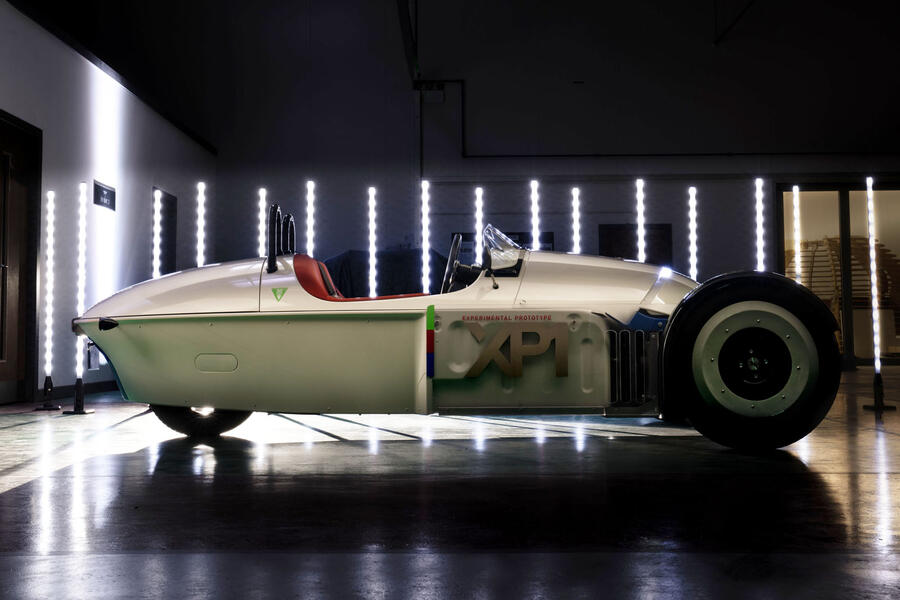

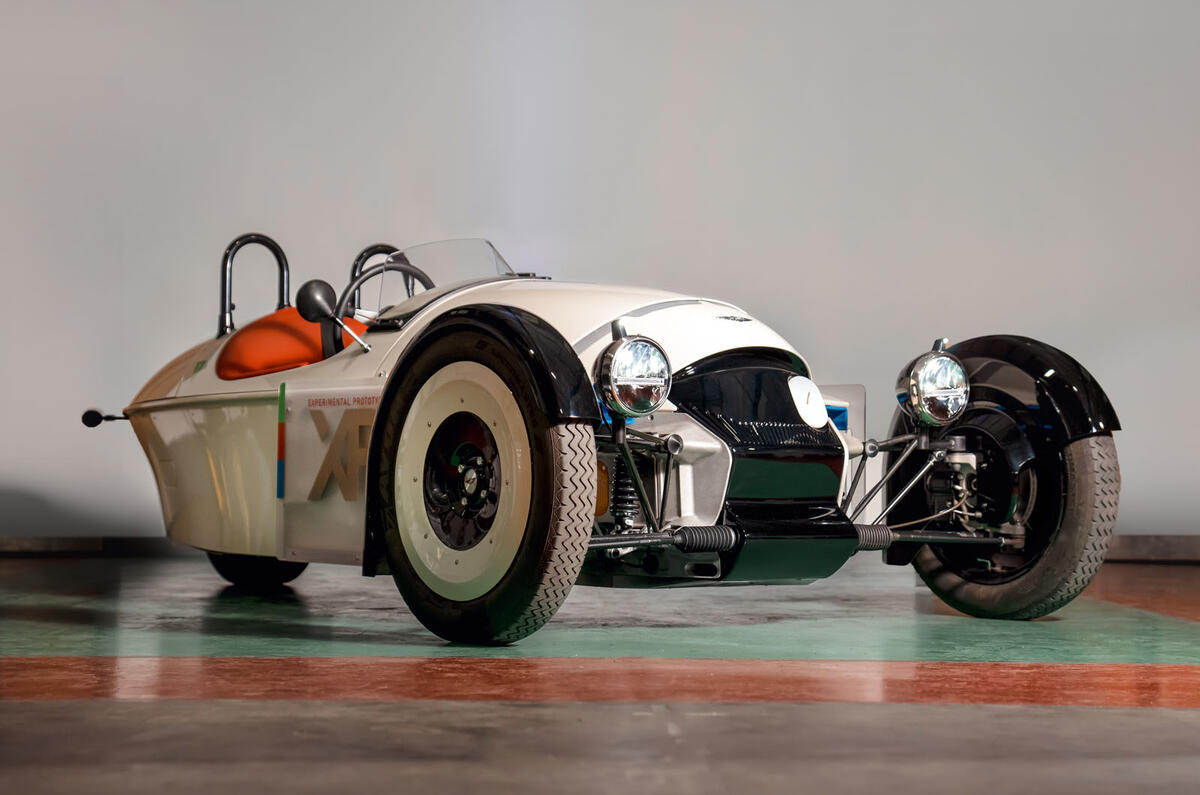
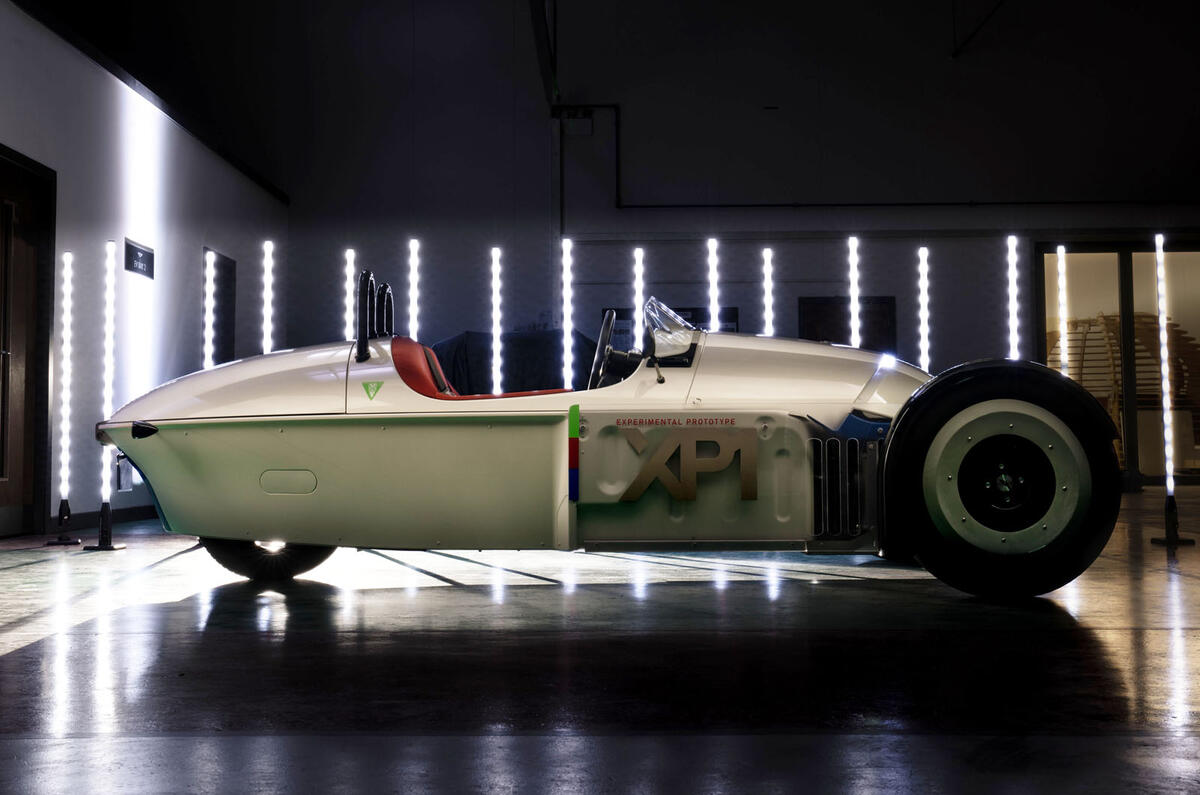
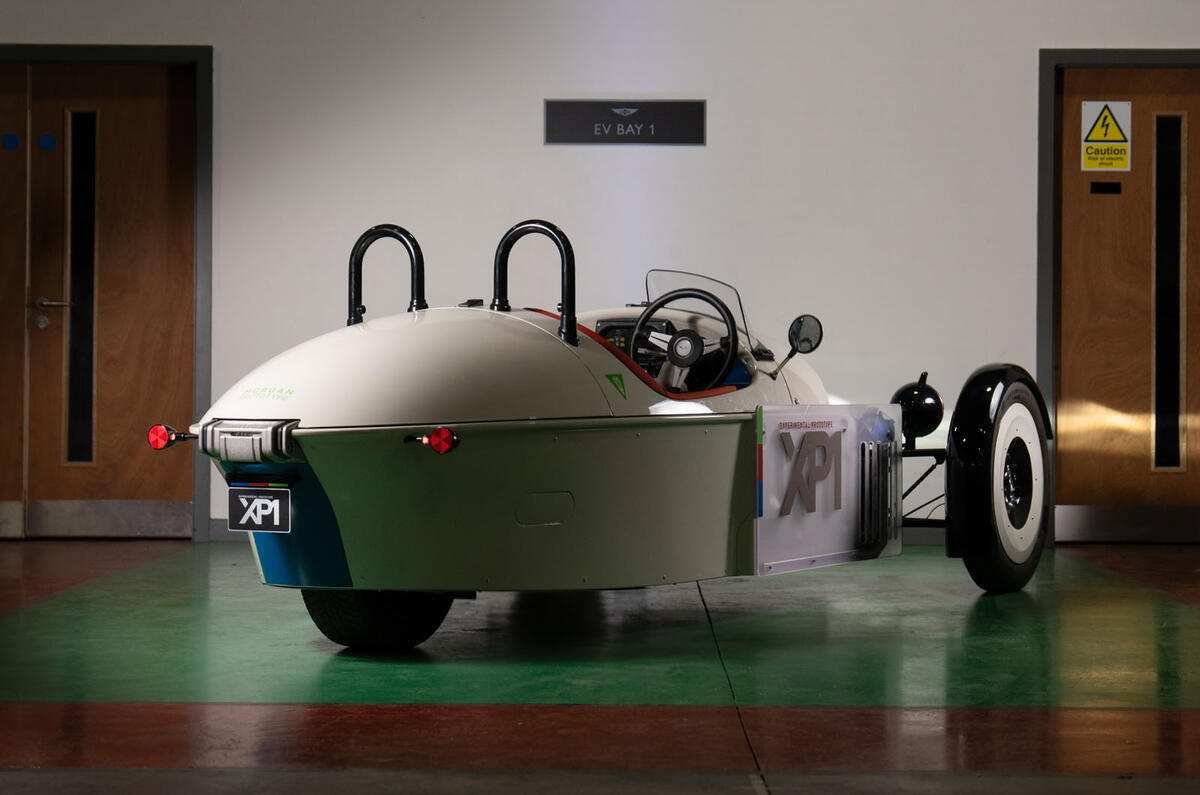
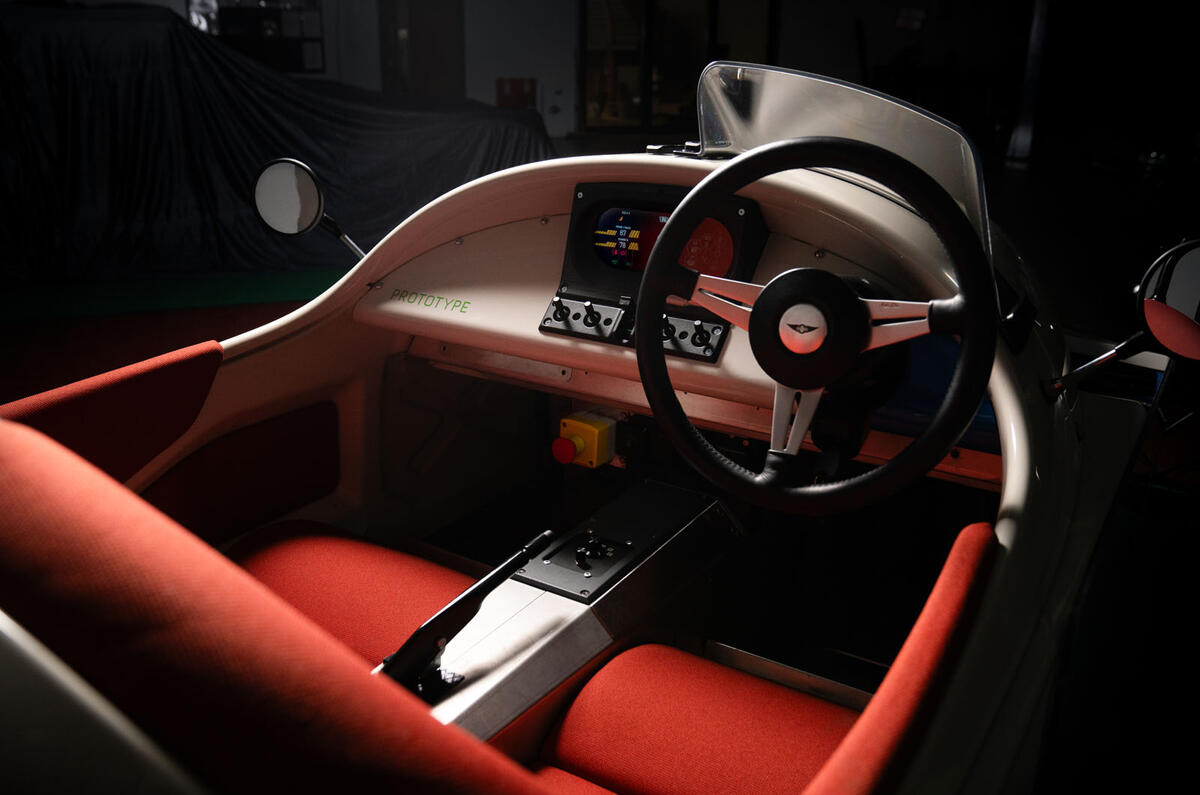
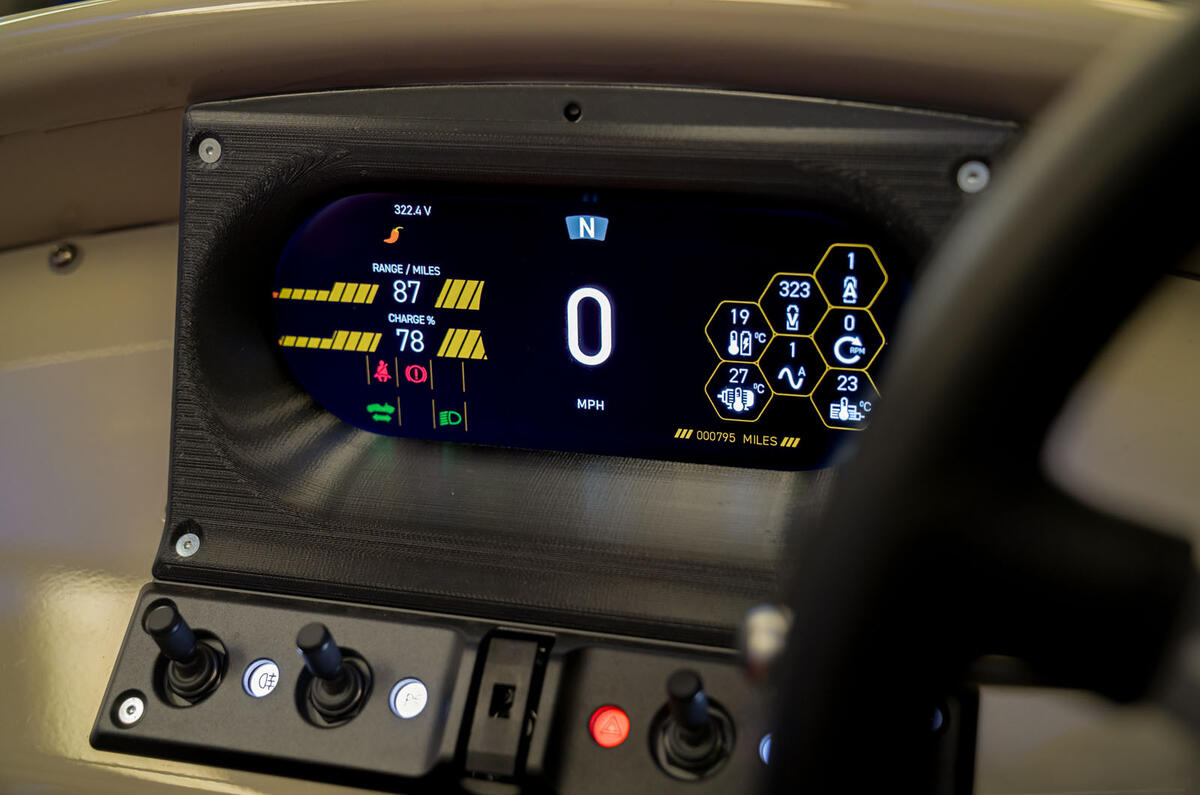

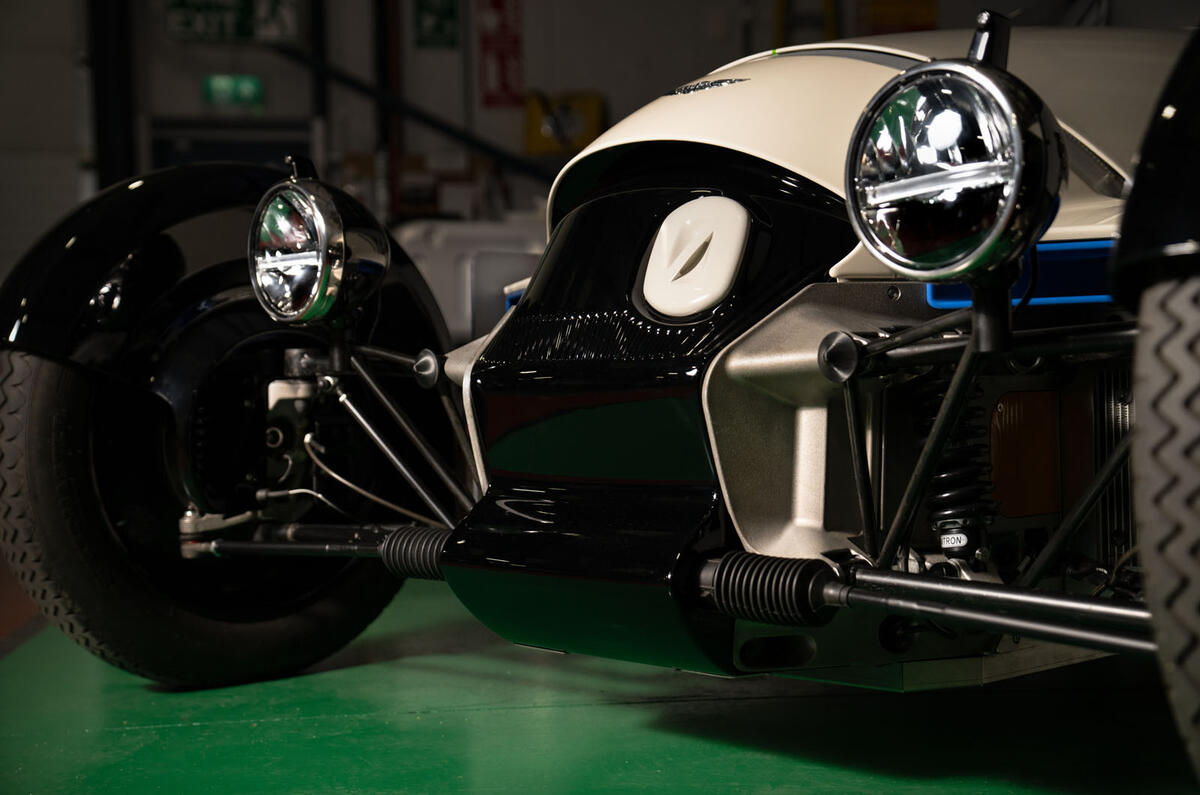
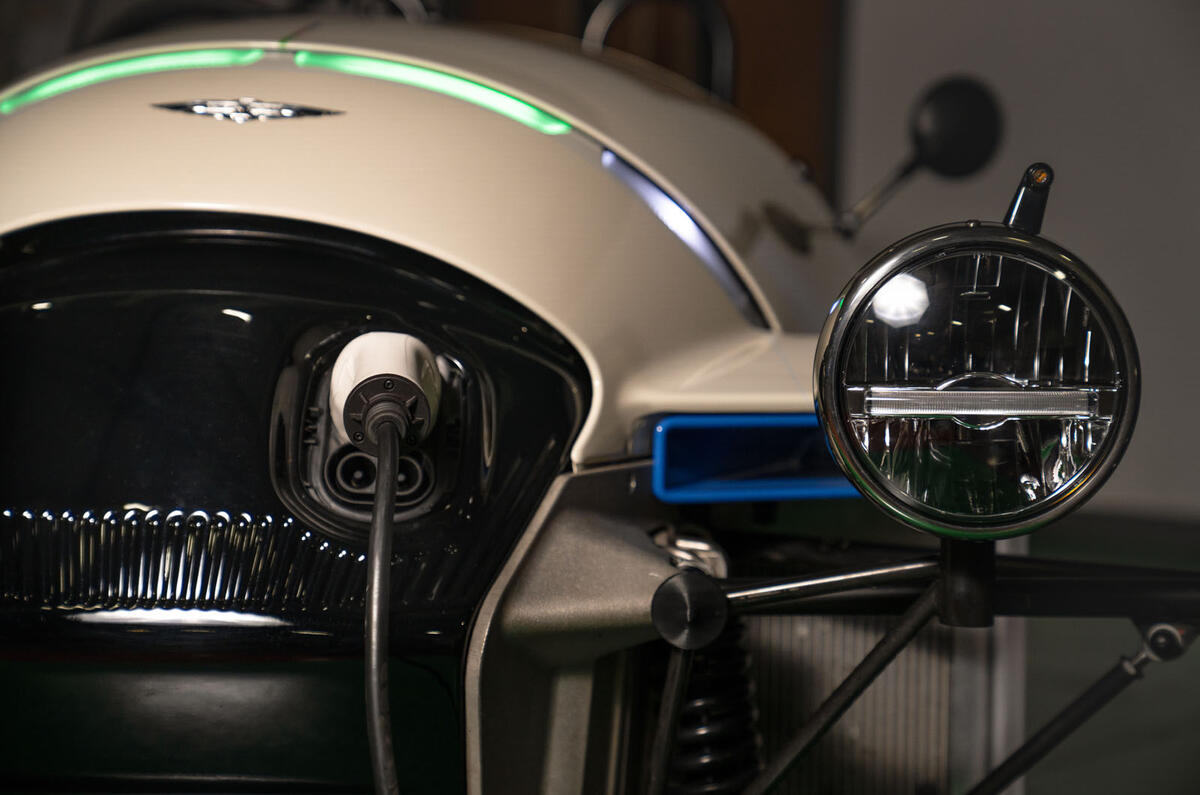
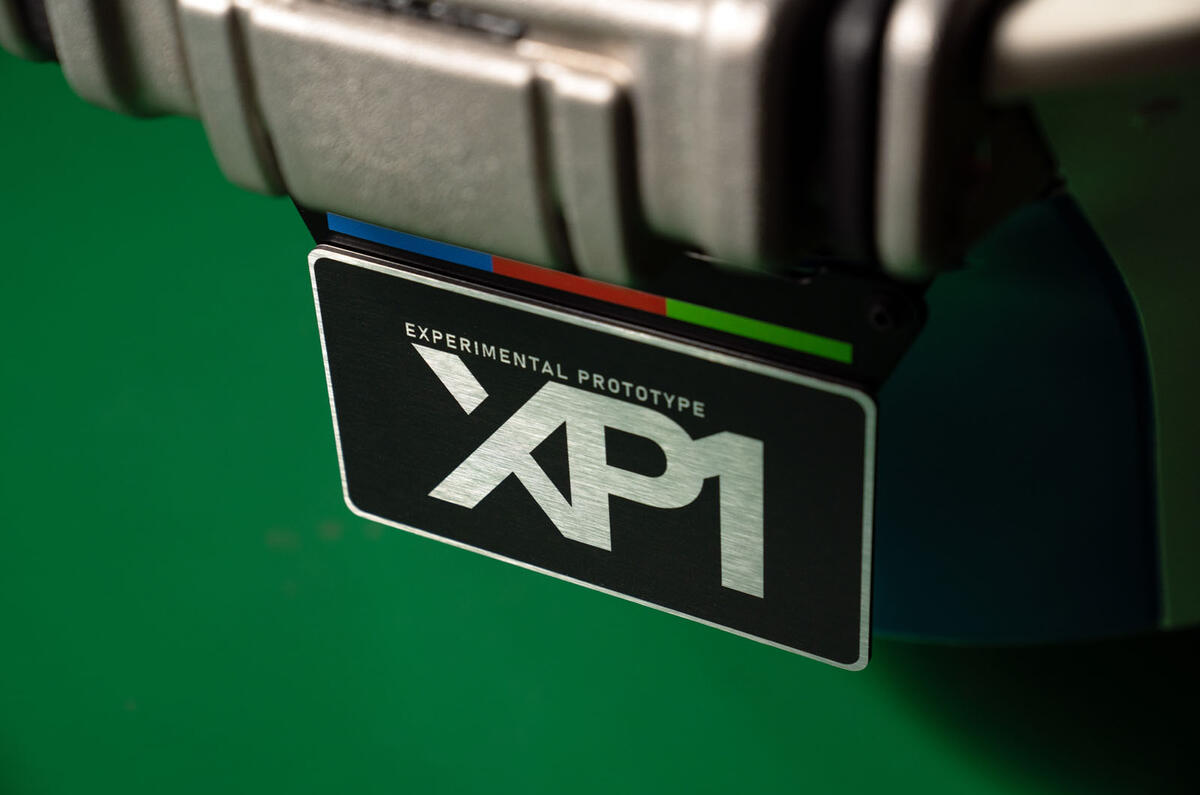
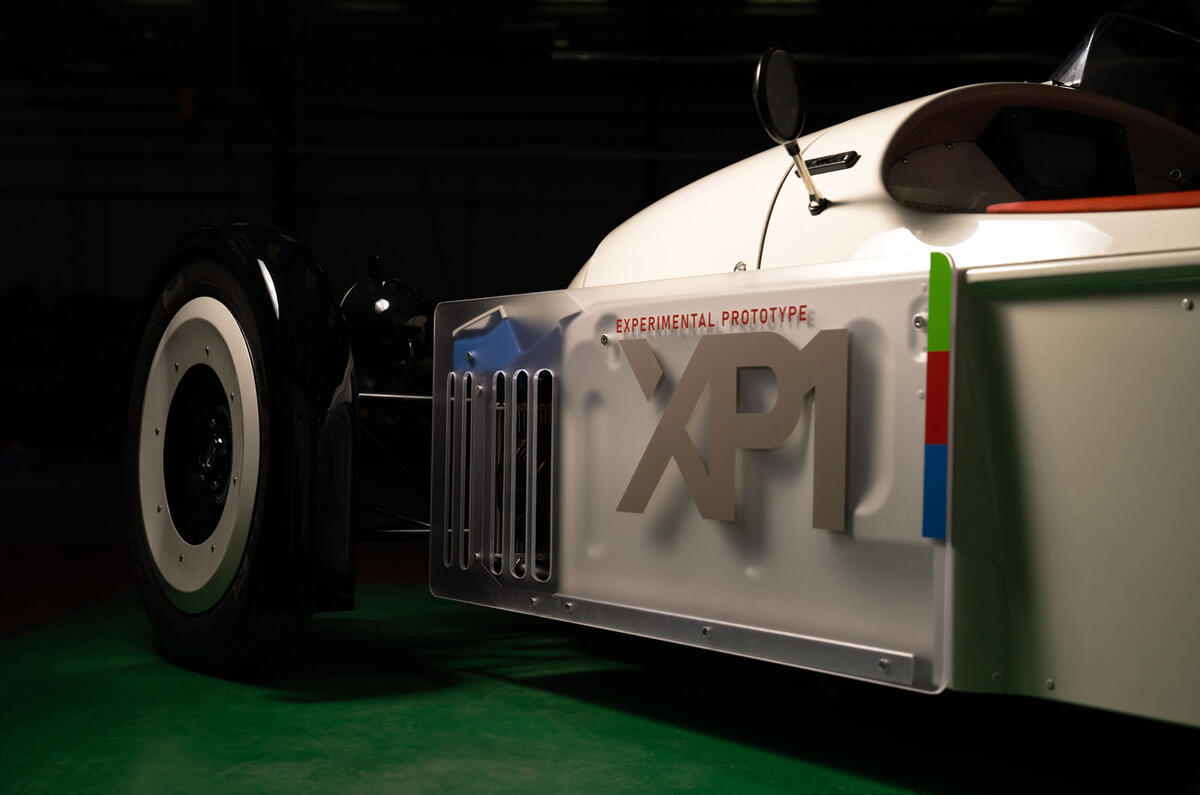
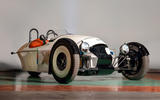
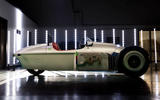
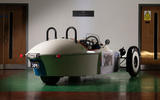
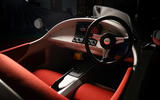
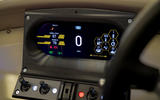
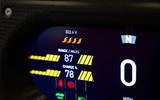
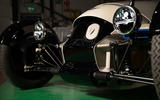
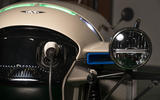
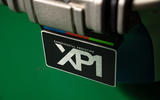


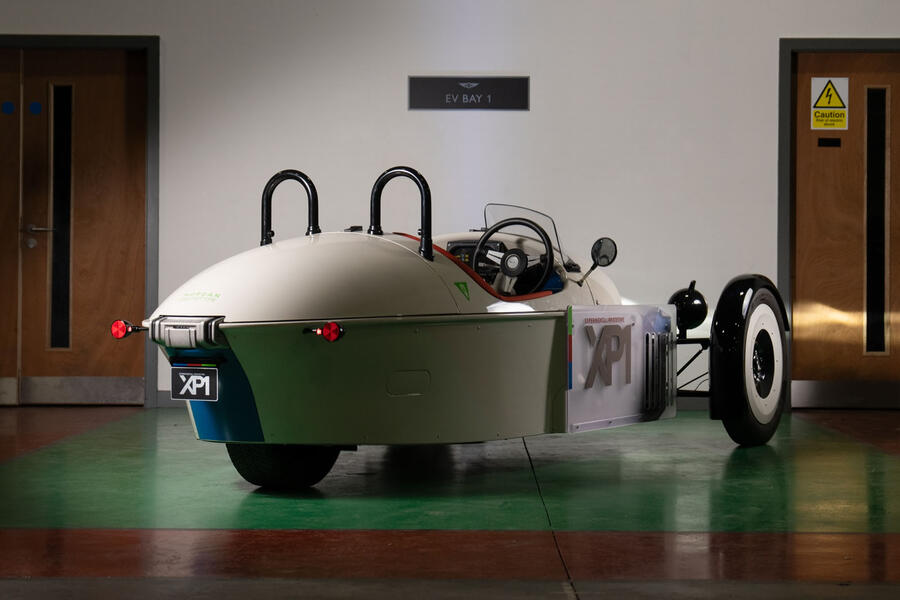
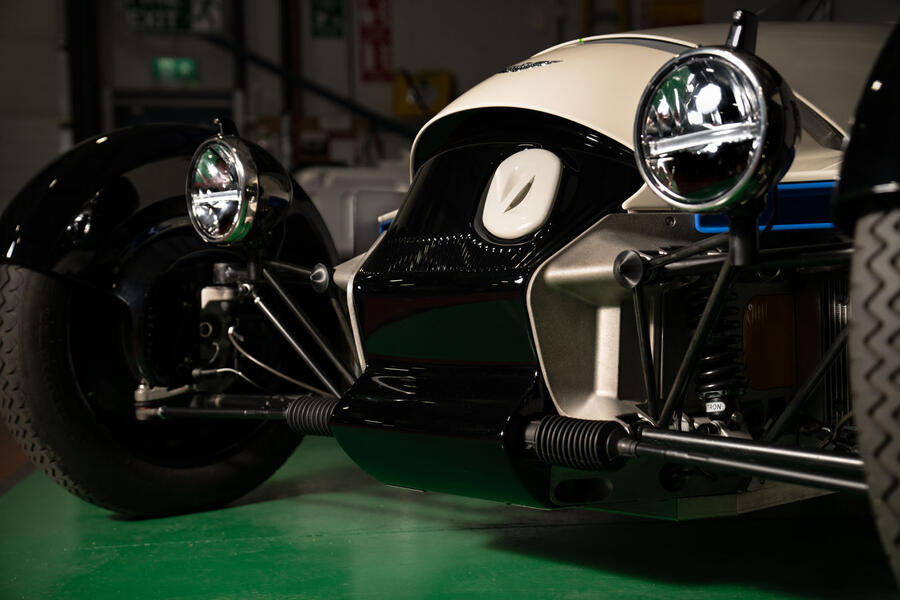
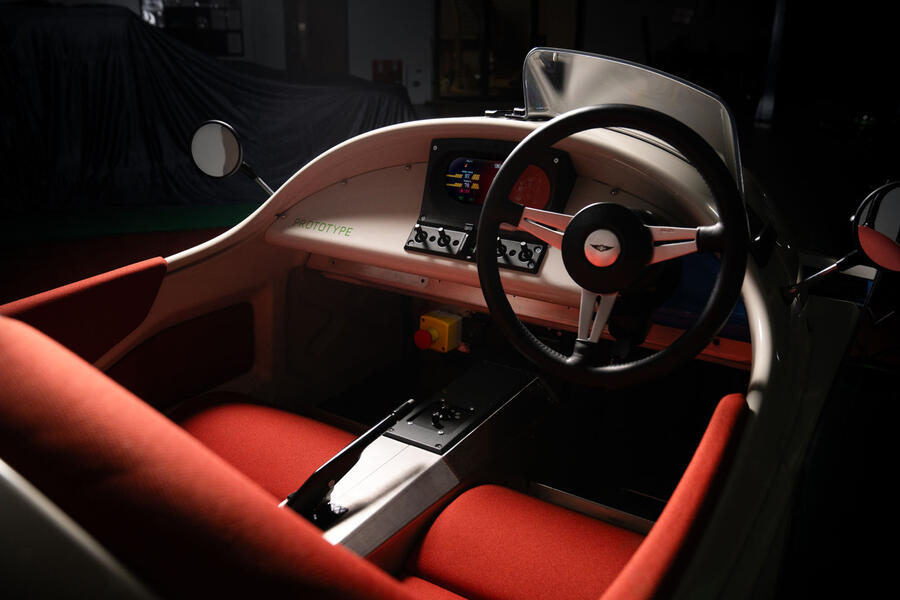

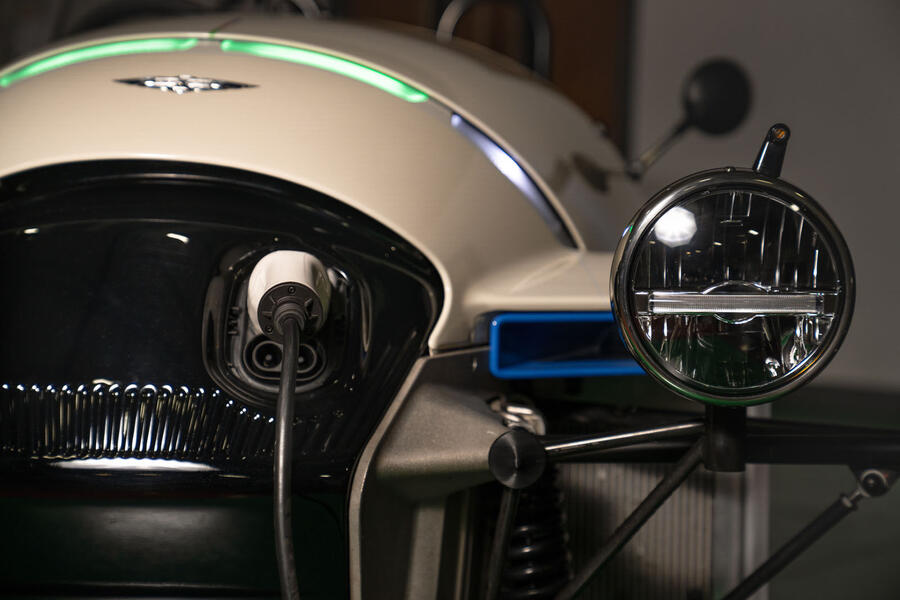
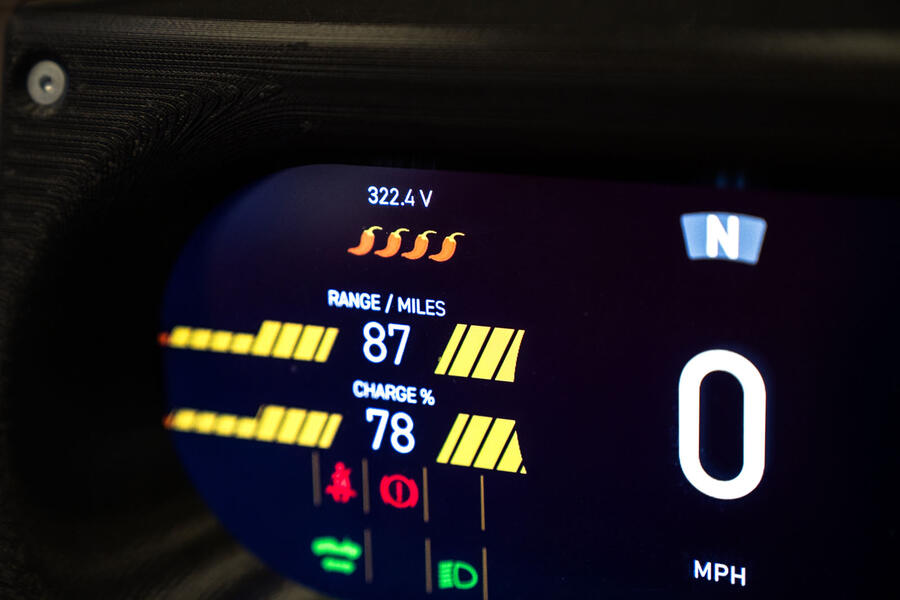





Join the debate
Add your comment
So, an effective range of 60-75 miles,or, trailer it to wherever.
To be fair (for once to an EV), that's probably okay for this. A decent blast in a loop then home, or stop for a cuppa somewhere to top it off enough to get home.
Unlike the woeful (real) range in most EVs, you're not going to be taking this down the M1 on a wet Friday night.
Indifferent range takes it away from my must-buy category.
But nice to consider when/if battery technology doubles (or triples) this.
I loved the EV3 for its Cyclops-eye styling, but there's plenty of time to add fizz.
For almost everywhere that I want to drive to in it, 150 miles (120 real world, especially in winter) simply isn't enough. try taking this to the Brecon Beacons or on the NC500 and finding a charger. I'm not sure with current battery tech that Morgan (or anyone with a small profile) is ever going to produce a car that meets its justification/use-case. I really want to like it but it's not visceral like the ICE version so it's kinda like a modern faster Twizy